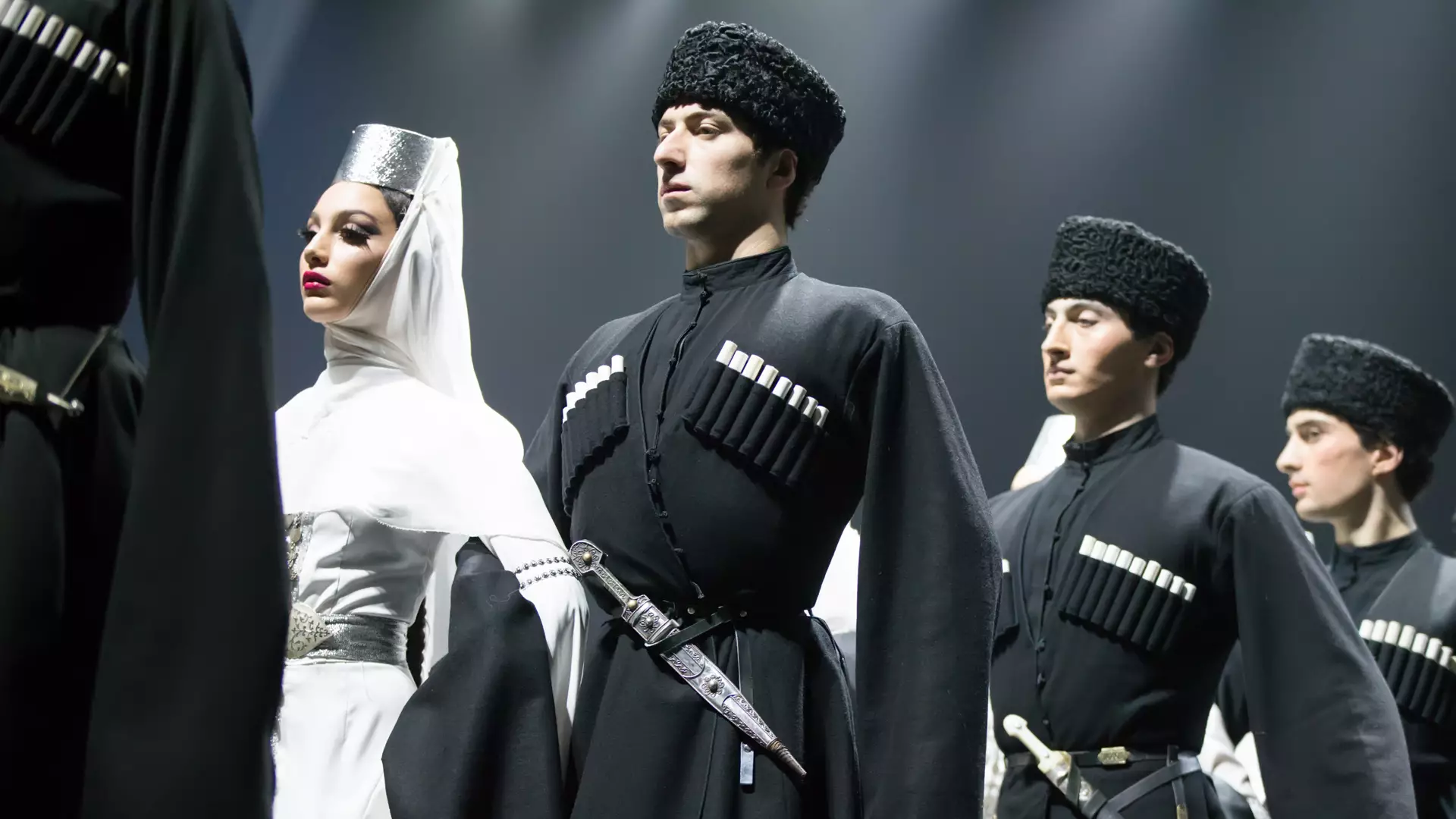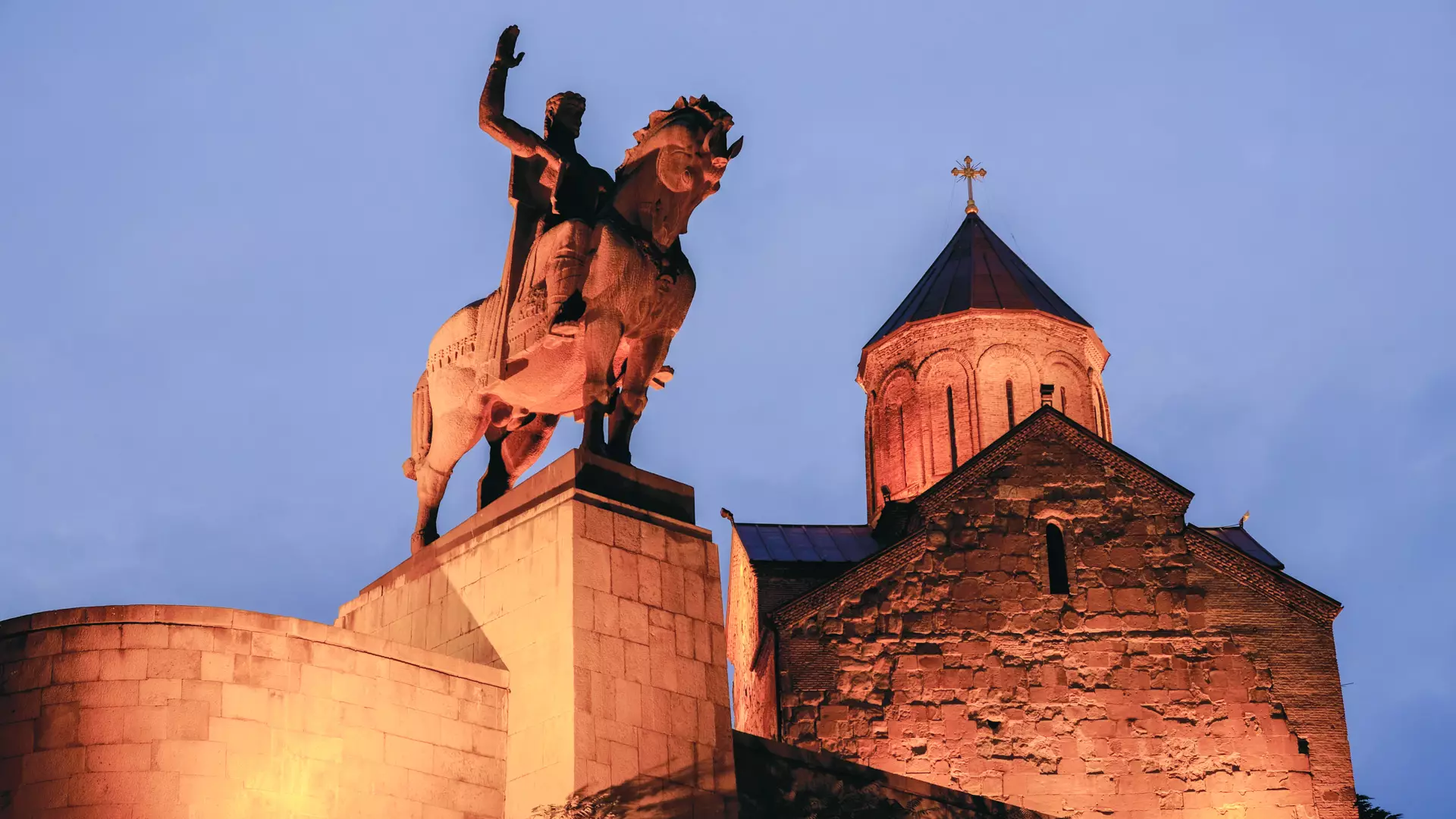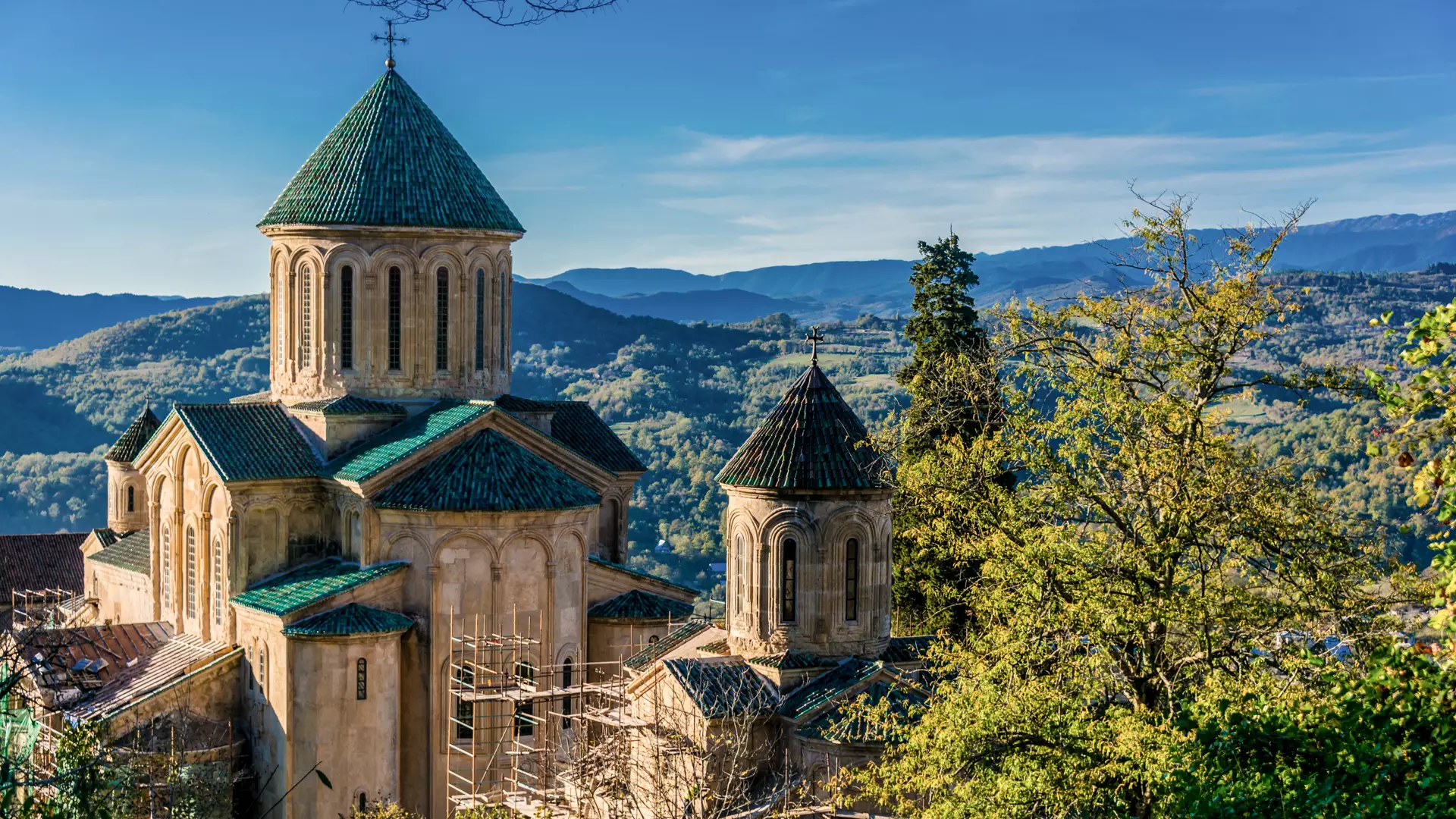History of Georgia
Our country in the Caucasus, at the intersection of Europe and Asia, has been an object of interest to powerful states for centuries.
Georgia opposed many conquerors and experienced many defeats, but always managed to get back on its feet. Georgia has given the world’s civilizations a unique writing system, polyphonic singing, amazing dances, wine production, yarn spinning, ironwork, gold mining, and other wonders of human development.
Georgia – An Ancient Country
Georgia is the home of an ancient civilization located in the Caucasus, at the intersection of Europe and Asia. The Black Sea borders it to the west, the Russian Federation to the north, Azerbaijan to the southeast, and Armenia and Turkey to the south.
1.8 million-year-old fragments of hominid skulls were found during archaeological digs in Dmanisi, Kvemo Kartli, in 1991. The discovery proved that this territory has been inhabited for much longer than it was thought and that it was home to the first Europeans - the hominids migrating from Africa to Europe.
How Georgia Came To Be
The first political union was created by Daokhi and Colcha at the end of the 2nd century BCE, in the Chorokhi river basin. The kingdom of Iberia developed in the 4th century BCE on the territory of modern-day eastern Georgia. The kingdom of Colchis (also known as Egrisi) was just next door in modern-day western Georgia.
Four principalities were formed in the 6th century: Lazeti, Apsilae, Abasgoi, and Sinags. At the end of the 8th century, the Kakheti and Hereti kingdoms were created in eastern Georgia, and the kingdom of the Abkhazians in western Georgia. At the beginning of the 9th century, the Tao-Klarjeti principality appeared in the southwest of Georgia, but from 888 on, it was called the kingdom of the Georgians.
At the turn of the 11th century, the Georgian states and the Abkhazians united, and Bagrat III became the first king of a united Georgia. In the 12th century, King Davit Aghmashenebeli added the Kakheti-Hereti kingdom, the Tashir-Dzoraget kingdom, and the emirate of Tbilisi to that union. In the 14th century, George the Brilliant reunited the country for a short time and split apart again due to outside enemies.
After 1490, Georgia had broken up into the kingdoms of Kartli, Kakheti, Imereti, and the atabegate of Samtskhe. In the 16th century, the Imereti kingdom broke up into the principalities of Samegrelo, Guria, Apkhazeti, and Svaneti. In 1555, Iran and the Ottoman Empire established the Peace of Amasya, which divided conquered Georgia into two. Persia ruled Kartli and Kakheti, while the Ottoman Empire ruled western Georgia and the atabegate of Samtskhe.
In the 18th century, Kartli and Kakheti became a unified kingdom. In 1783, King Erekle II was forced to sign the Treaty of Georgievsk with Russia. The kingdom of Kartli-Kakheti became a protectorate of Russia, under the condition that it maintain the throne and help to develop the kingdom. Unfortunately, it did not fulfill that condition. In 1801, Russia annexed the kingdom of Kartli-Kakheti as the governorate of Georgia, following the annexation of the other Georgian kingdoms and principalities.
In 1918, with the fall of the Russian empire, Georgia proclaimed its independence and created the first republic. It only existed for three years full of hope for the future. In 1921, the 25th army of Soviet Russia entered the country, which created three autonomous republics within Georgia: Apkhazeti, Adjara, and South Ossetia. So began the 70-year rule of the Soviet Empire. The country managed to break free from that forced union in 1991, after the fall of the Soviet Union.
During these centuries, Georgia participated in more than a few battles. It was conquered by the Romans, Persians, Arabs, Seljuk Turks, Mongols, Ottomans, and Russians. From time to time it was attacked by Caucasian tribes and states.
The territory, which once stretched from Nicopsia to Derbent, was stolen and conquered, but Georgians have never lost hope that one day they would be free again.
But Even So, Why Georgia?
Along with the terrible losses it suffered, it also had amazing wins. Through bravery and skill, it was victorious in stark battles. In addition to wars, it also managed to create and maintain great cultures, like Colchis, which developed metallurgy and gold mining.
Works of art, like the unique language with three different scripts and written masterpieces, including The Knight in the Panther’s Skin, have been translated into more than 50 languages.
This minuscule country created two academies – Gelati and Ikalto and the top rhetorical school of Colchis. Unforgettable cities carved into stone, like Vardzia and Uplistsikhe, are must-visits.
The famous polyphonic song can now be heard in space, and its fiery dances have appeared in music halls. Despite many disappointments, it has not lost its love for humanity, maintaining the Orthodox and Gregorian churches, a mosque, and a synagogue in the same square.
Georgia produces different varieties of grapevines and wheat and was the first to spin and dye yarn.
The country that gave the world wine, now that’s a force to be reckoned with. This is Georgia.
Cookie Policy



